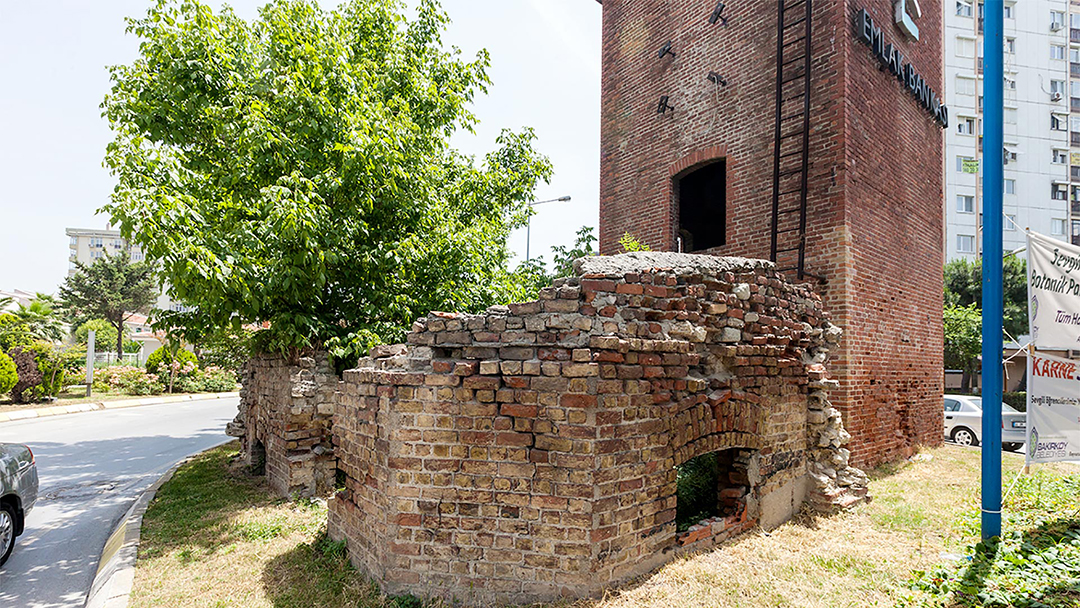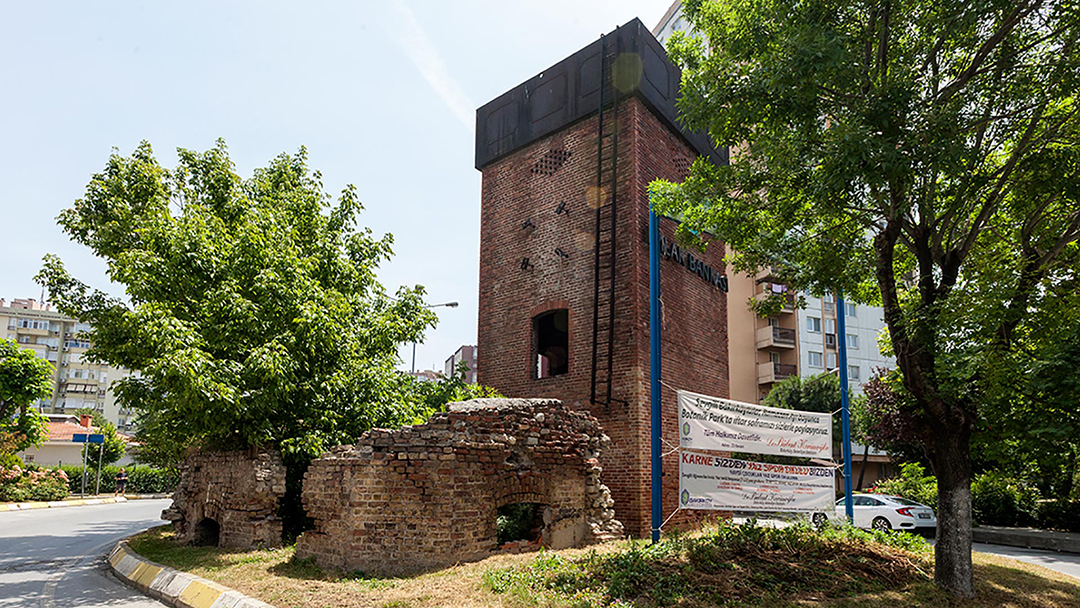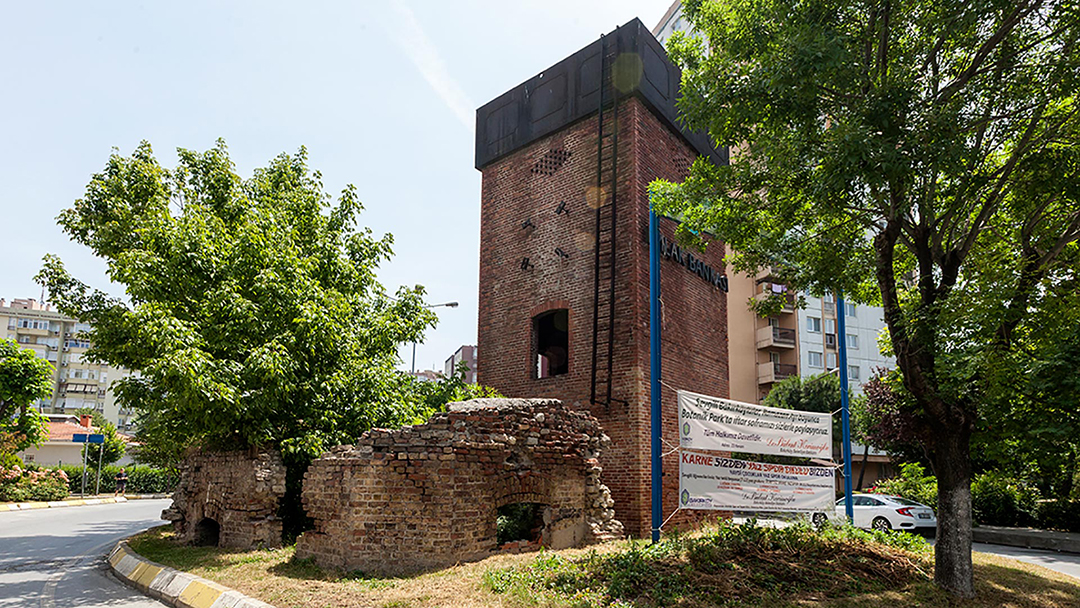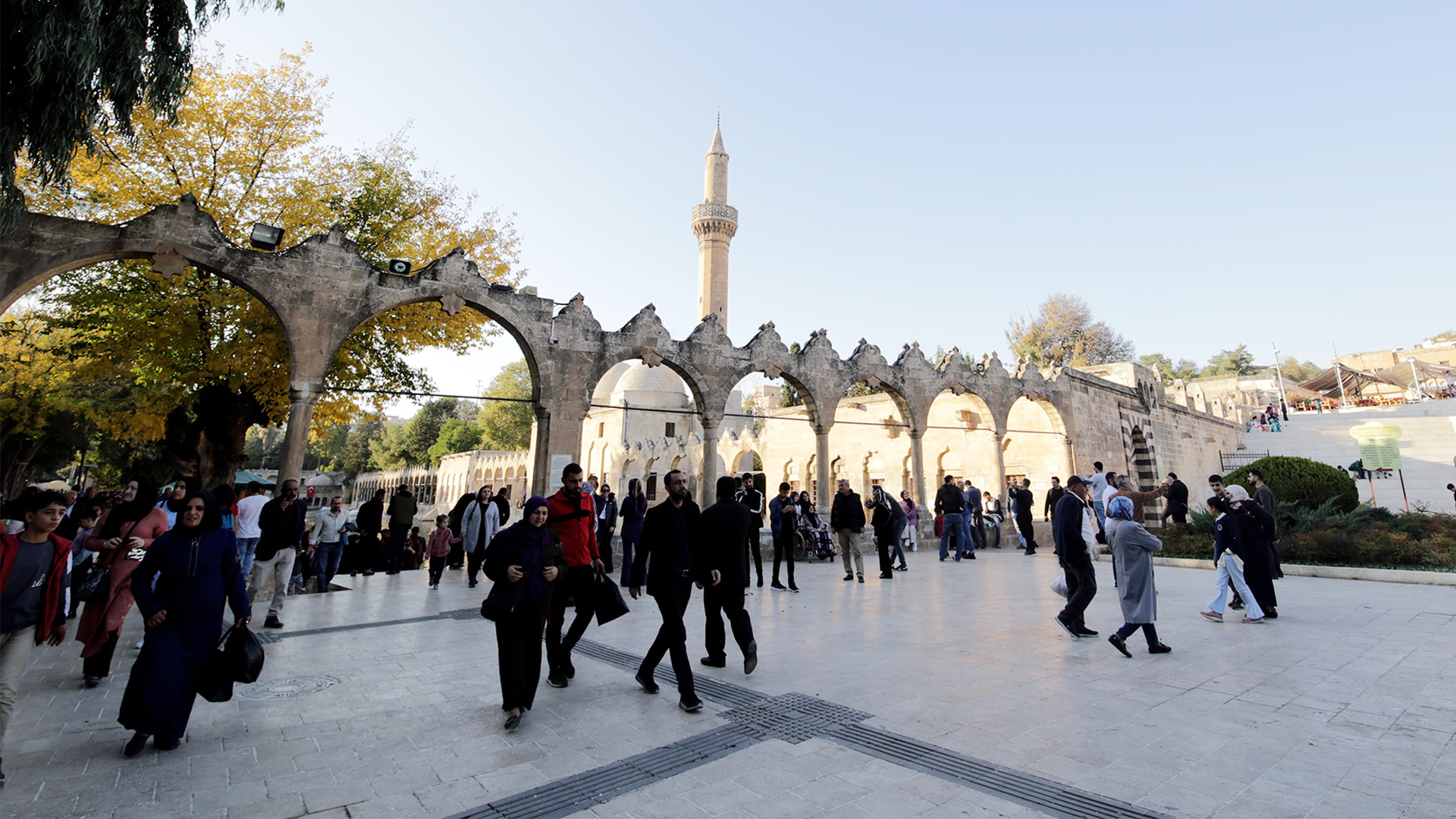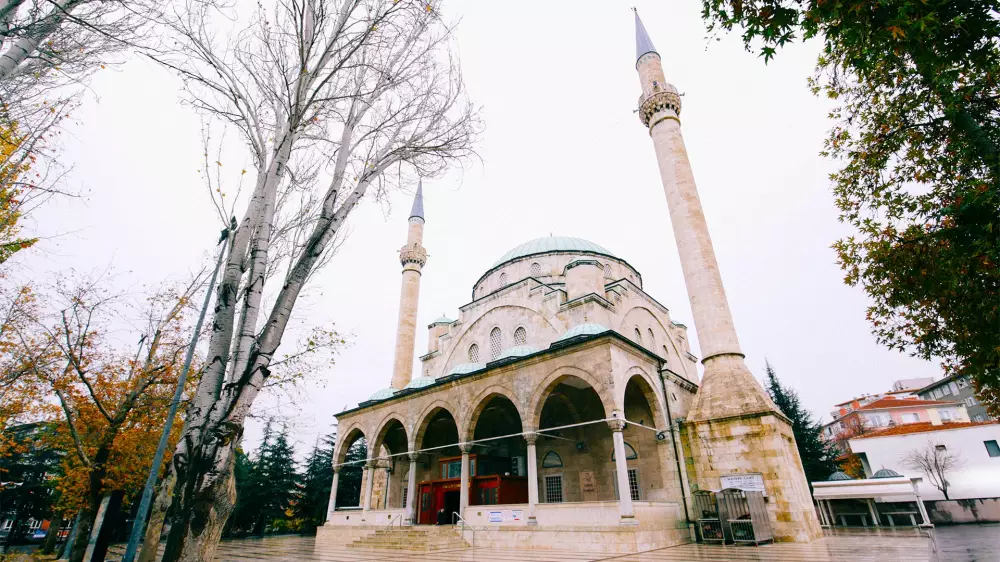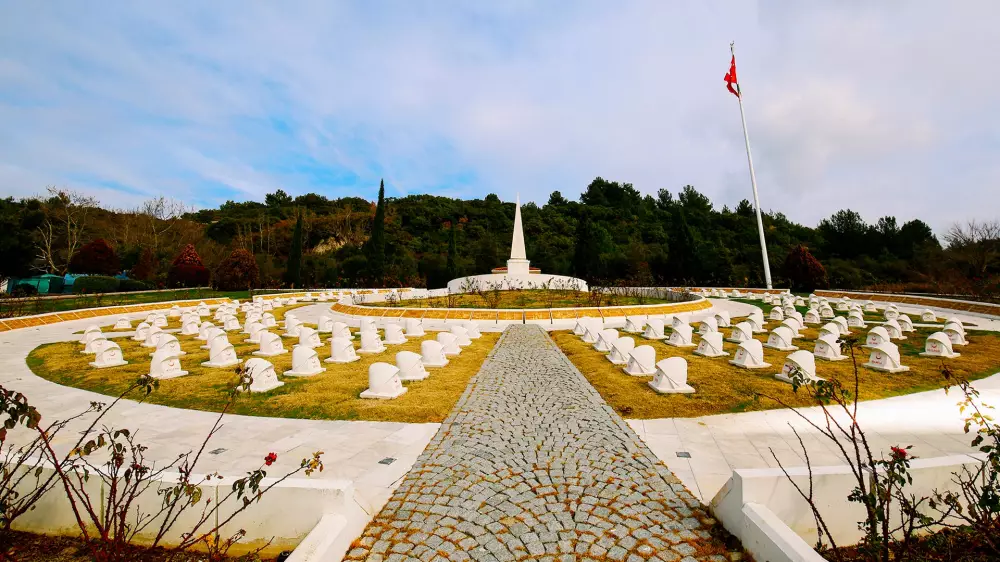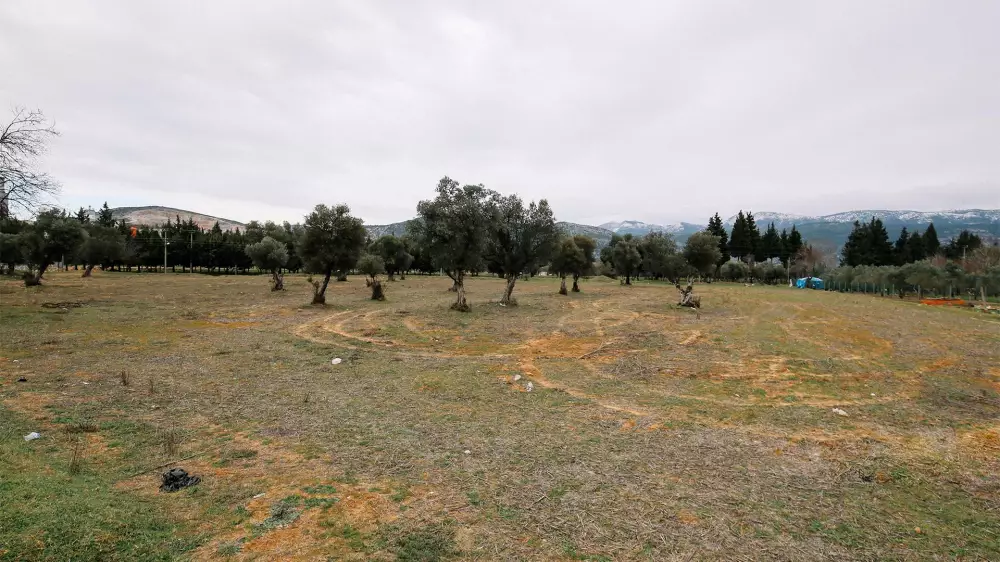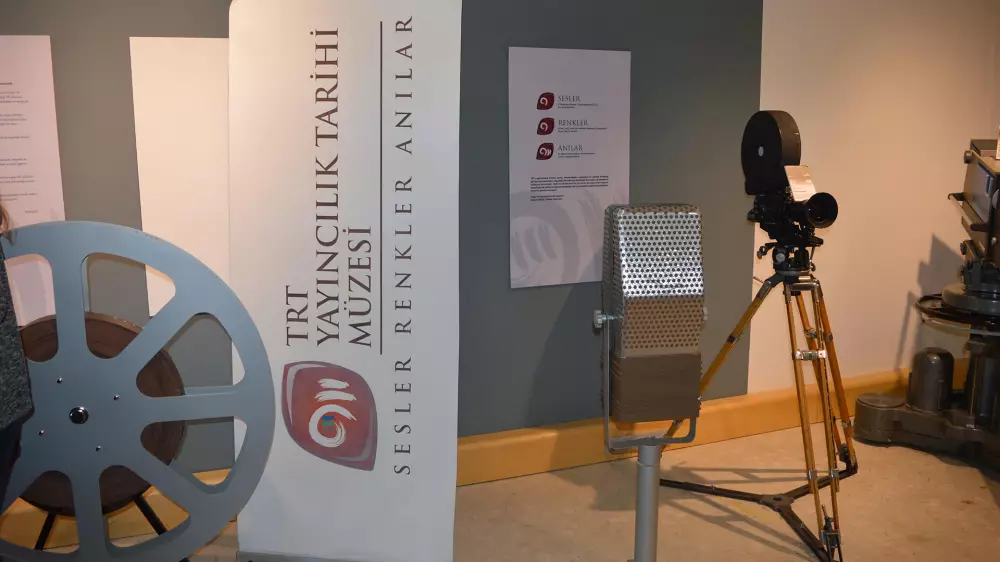
Bakirkoy Baruthanesi (Istanbul Gunpowder Shop)
11.02.2024 17:01
Bakırköy Baruthanesi is an institution that is referred to as "Baruthane-i Amire" in Ottoman official sources. However, apart from this name, the names of Istanbul, Asitane-i Saadet or Bakırköy Baruthanesi are repeatedly mentioned in the records.
In the Bakırköy Baruthanesi, which started gunpowder production in 1701, a major accident occurred on August 22, 1707. So much so that all the buildings collapsed and eight people lost their lives. The building, which recovered in a short time afterwards, became unusable this time with the fire in 1725.
With the renovation, a facility with a total of 216 mortars is established, with 18 wheels and 12 mortars on each wheel. It was reopened in 1727, but in 1765, the explosion of 166 scales (9,363 kg) of gunpowder destroyed the entire structure. A more extensively repaired gunpowder shop reopened in 1785.
In 1791, another fire broke out. The overseer of the period, Ahmed Ağa, had the burning parts repaired. Towards the end of the 18th century, new regulations were made due to the deterioration of the order in the gunpowder shop and the decrease in the quality of gunpowder. On May 6, 1793, the Ministry of Baruthane was established and all gunpowder shops were connected to this place. Mehmed Ragıb Efendi also carried out a large-scale repair activity in the gunpowder shop in 1806. He even had new fortifications, bastions, military camps and barracks built to preserve the gunpowder factory. In 1835, a new regulation came and the ministry of gunpowder shops was abolished and its administration was transferred to the Ministry of War.
After the Tanzimat, some new sections were added and the gunpowder house was placed under the command of the Tophane Müşirliği. However, due to the Crimean War in 1854, the equipment of the gunpowder shop, which was working day and night, wore out. For this reason, a new type of machine with 5 mortars is brought from England. After the 1880s, German technology was adopted.
Baruthane passed to the Military Factories Administration during the Republican period. From there, it is transferred to the Machinery and Chemical Industry Corporation with its large land. The place, which retained its military identity until 1953, became unusable on that date as a result of a fire that broke out from the electrical contact. The gunpowder land of 4 million square meters is sold to Turkey Real Estate and Credit Bank in 1955 for 60 million liras. On September 15, 1957, the construction of Ataköy sites on the gunpowder land began.
After being abandoned for a long time, the main building of the gunpowder shop was operated as a discotheque for a while under the name of Gunpowder Keg by Ataköy Touristic Facilities Management in 1972 with a rough renovation. The gunpowder house, which was abandoned to its fate after this short adventure, was opened by Bakırköy Municipality on March 3, 1993 as Yunus Emre Cultural Center, after a two-year restoration activity.
Gallery
